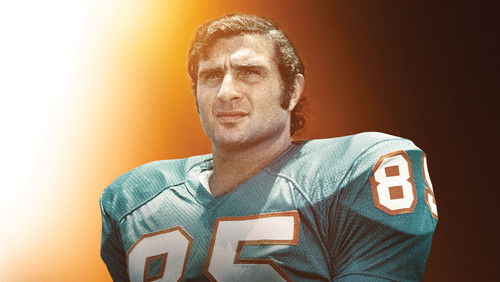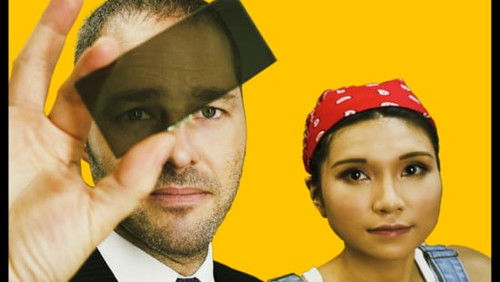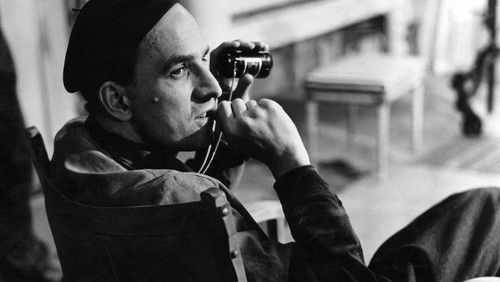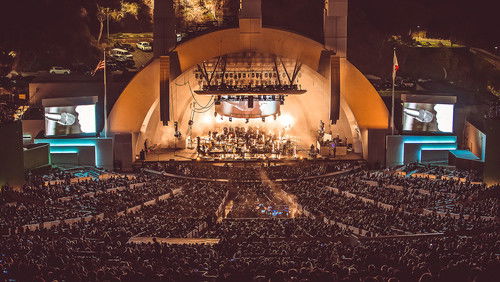Powaqqatsi (1988)
21KPowaqqatsi: Directed by Godfrey Reggio. With Christie Brinkley, David Brinkley, Pope John Paul II, Dan Rather. An exploration of technologically developing nations and the effect the transition to Western-style modernization has had on them.
“Donu0026#39;t worry: no spoilers here. I felt the need to rebut several of the negative reviews I have read about this film ( both here and, most notably, from critics Maltin and Ebert). This film follows a totally different concept from u0026quot;Koyaanisqatsi,u0026quot; which concentrated on largely inanimate structures in the continental U.S. This is a film about people and lifestyles of the developing world, and for that I believe Reggio chose wisely not to utilize many specialty visual techniques (i.e. time-lapse and high-speed photography), and settle for a more low-key approach. Though the film cannot match the visceral gee-whiz impact the original 1983 audience must have felt with all the revolutionary visual stylistics of u0026quot;Koyaanisqatsi,u0026quot; u0026quot;Powaqqatsiu0026quot; has greater thematic depth. Essentially, u0026quot;Koyaanisqatsiu0026quot; was best at impressing the audience, and this film is better at making the audience think. To tackle such a wide-ranging subject as globalization is a tricky task, yet I believe this film to be the best cinematic portrayal I have seen of the effects of modernity upon the 75% of the world that still lives much of its life the same way it did hundreds of years ago.u003cbr/u003eu003cbr/u003eAll of the shots of people working, carrying baskets on their heads, etc. show the immense effort required in the third world to carry on an industrial revolution one hundred years behind the West, and in a much shorter span of time. Essentially, the societies in the Periphery are being forced to play catch-up. The imagery of the fallen laborer being carried up a hill (the opening shots of the film which are later referenced at the end) represents the immense hard work and sacrifice necessary to build a modern society – an idea lost upon many in the First World, who protest the working conditions of societies on the Periphery, yet do not realize that their own Western industrial revolutions faced the exact same hazards, tribulations, and hardships one hundred years ago – yet did eventually manage to emerge successfully. Like u0026quot;Koyaanisqatsi,u0026quot; u0026quot;Powaqqatsiu0026quot; is a film one can view multiple times and absorb new meanings upon each viewing.u003cbr/u003eu003cbr/u003eThe structure of the film is the same as that of u0026quot;Koyaanisqatsiu0026quot;, which I believe is the most important consistency between this film and the first in Reggiou0026#39;s trilogy. Both films are divided into three distinct sections: primitive/archaic life, early industrial life, and finally full-fledged modern existence (lifestyle, or u0026quot;-qatsiu0026quot;, being the connecting thread within and between the films). In addition, Philip Glass score is a superb accompaniment to the visual images. Otherwise, the films are not at all alike, and should not be unduly compared to one another. Both films show their American audience something they have not seen before: in u0026quot;Koyaanisqatsiu0026quot; it is simply themselves from a very different angle, and in u0026quot;Powaqqatsiu0026quot; it is the rest of the world.”









